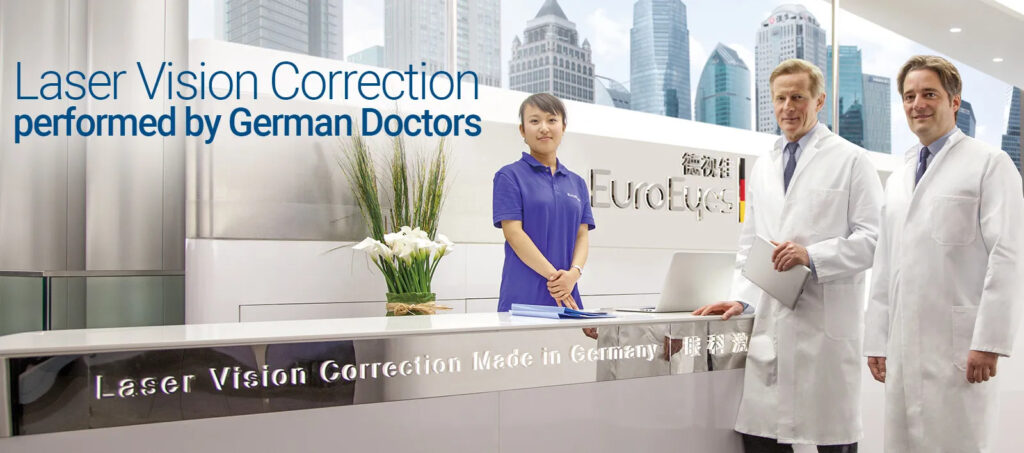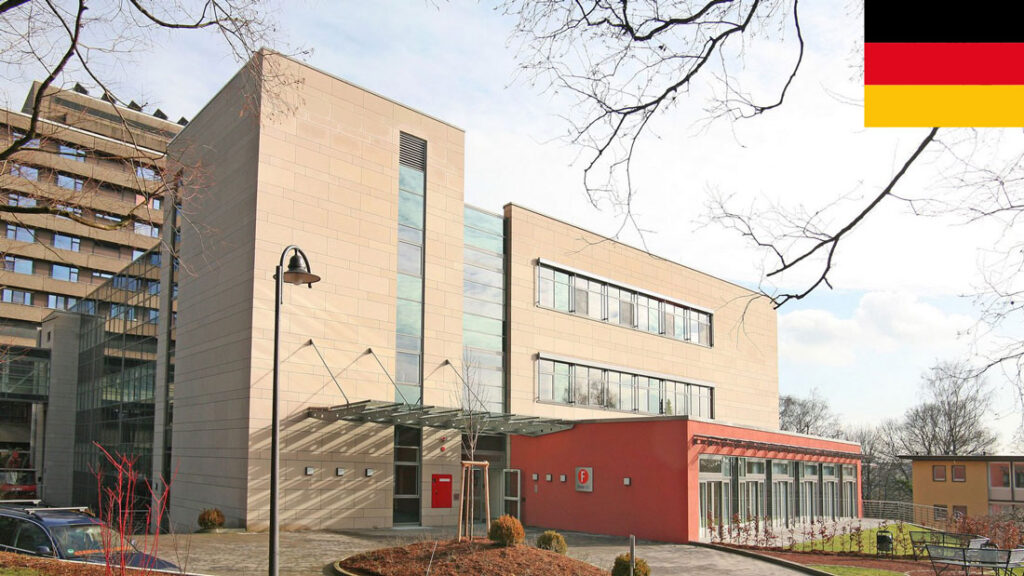# **50 Years of Ophthalmology Breakthroughs: Experts Reflect on Innovations**
## **Introduction**
Over the past five decades, ophthalmology has undergone a revolution, transforming the way we diagnose, treat, and prevent eye diseases. From groundbreaking surgical techniques to cutting-edge diagnostic tools, these advancements have restored vision for millions and reshaped the future of eye care.
In this article, we explore the most significant breakthroughs in ophthalmology over the last 50 years, as experts reflect on the innovations that have defined modern eye care.
—
## **The Evolution of Cataract Surgery**
Cataract surgery has seen some of the most dramatic improvements in ophthalmology. What was once a risky and invasive procedure is now one of the safest and most effective surgeries in medicine.
### **Key Milestones:**
– **1970s – Introduction of Phacoemulsification:** Dr. Charles Kelman revolutionized cataract surgery with phacoemulsification, a technique using ultrasound waves to break up and remove cataracts through a tiny incision.
– **1980s – Intraocular Lenses (IOLs):** The widespread adoption of IOLs replaced thick cataract glasses, offering patients clearer vision post-surgery.
– **2000s – Laser-Assisted Cataract Surgery:** Femtosecond lasers brought unprecedented precision, reducing complications and improving recovery times.
Expert Insight: *”Phacoemulsification was a game-changer. It reduced recovery time from weeks to days and minimized surgical risks.”* – Dr. Sarah Mitchell, Ophthalmologist.
—
## **The Rise of Laser Eye Surgery**
Laser vision correction has liberated millions from dependence on glasses and contact lenses. The development of LASIK (Laser-Assisted In Situ Keratomileusis) in the 1990s marked a turning point in refractive surgery.
### **Breakthroughs in Laser Technology:**
– **PRK (Photorefractive Keratectomy):** The first FDA-approved laser procedure for vision correction (1995).
– **LASIK (1999):** Improved precision and faster recovery compared to PRK.
– **SMILE (Small Incision Lenticule Extraction):** A minimally invasive alternative introduced in the 2010s.
Expert Insight: *”LASIK made refractive surgery mainstream. Today, we have even safer, bladeless techniques like SMILE.”* – Dr. Alan Carter, Refractive Surgeon.
—
## **Advances in Glaucoma Treatment**
Glaucoma, often called the “silent thief of sight,” has seen major advancements in early detection and management.
### **Key Innovations:**
– **1978 – Introduction of Prostaglandin Analogs:** A new class of eye drops that effectively lower intraocular pressure.
– **1990s – Trabeculectomy Improvements:** Better surgical techniques reduced complications.
– **2010s – Minimally Invasive Glaucoma Surgery (MIGS):** Tiny stents and devices like the iStent provided safer alternatives to traditional surgery.
Expert Insight: *”MIGS has been revolutionary—it offers effective pressure control with minimal risk, making treatment accessible to more patients.”* – Dr. Emily Tran, Glaucoma Specialist.
—
## **Retinal Breakthroughs: Saving Sight from Blindness**
Retinal diseases like macular degeneration and diabetic retinopathy were once untreatable. Today, innovative therapies preserve and even restore vision.
### **Landmark Developments:**
– **1980s – Laser Photocoagulation:** The first effective treatment for diabetic retinopathy.
– **2000s – Anti-VEGF Injections:** Drugs like Lucentis and Eylea halted vision loss in wet AMD (Age-Related Macular Degeneration).
– **2017 – Gene Therapy (Luxturna):** The first FDA-approved gene therapy for inherited retinal diseases.
Expert Insight: *”Anti-VEGF therapy changed everything. Patients who would have gone blind can now maintain functional vision.”* – Dr. Robert Chen, Retina Specialist.
—
## **Diagnostic Technology: Seeing the Unseen**
Modern ophthalmology relies on advanced imaging to detect diseases earlier than ever before.
### **Revolutionary Tools:**
– **Optical Coherence Tomography (OCT):** Provides high-resolution cross-sections of the retina.
– **Corneal Topography:** Maps the cornea’s surface for precise refractive surgery planning.
– **AI-Powered Diagnostics:** Machine learning algorithms detect diabetic retinopathy and glaucoma from retinal scans.
Expert Insight: *”OCT is like an MRI for the eye—it allows us to see microscopic changes before symptoms appear.”* – Dr. Lisa Wong, Diagnostic Specialist.
—
## **The Future of Ophthalmology**
As we look ahead, emerging technologies promise even greater breakthroughs:
– **Stem Cell Therapy:** Potential to regenerate damaged retinal cells.
– **Bionic Eyes:** Retinal implants restoring partial vision to the blind.
– **Personalized Medicine:** Genetic testing tailoring treatments to individual patients.
Expert Insight: *”We’re entering an era where blindness may become a rare condition. The next 50 years will be even more transformative.”* – Dr. James Park, Vision Researcher.
—
## **Conclusion**
The past 50 years have redefined ophthalmology, turning once-incurable conditions into manageable ones. From cataract surgery refinements to gene therapy, these innovations have given millions a brighter future.
As technology continues to evolve, the next generation of breakthroughs will push the boundaries of what’s possible in eye care. One thing is certain—the future of vision has never looked clearer.
Would you like to learn more about a specific breakthrough? Let us know in the comments!



